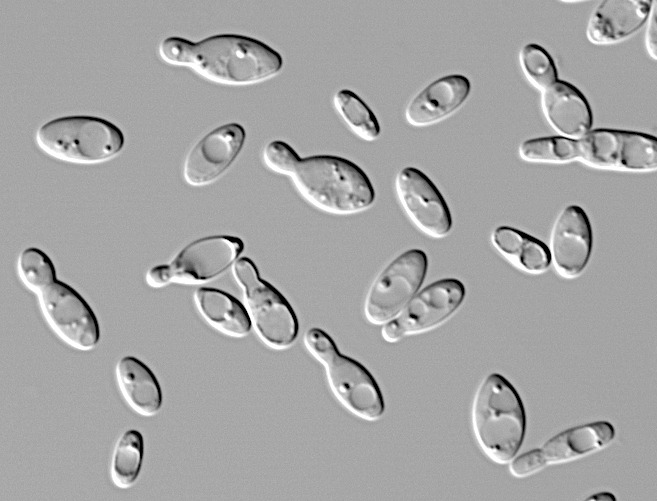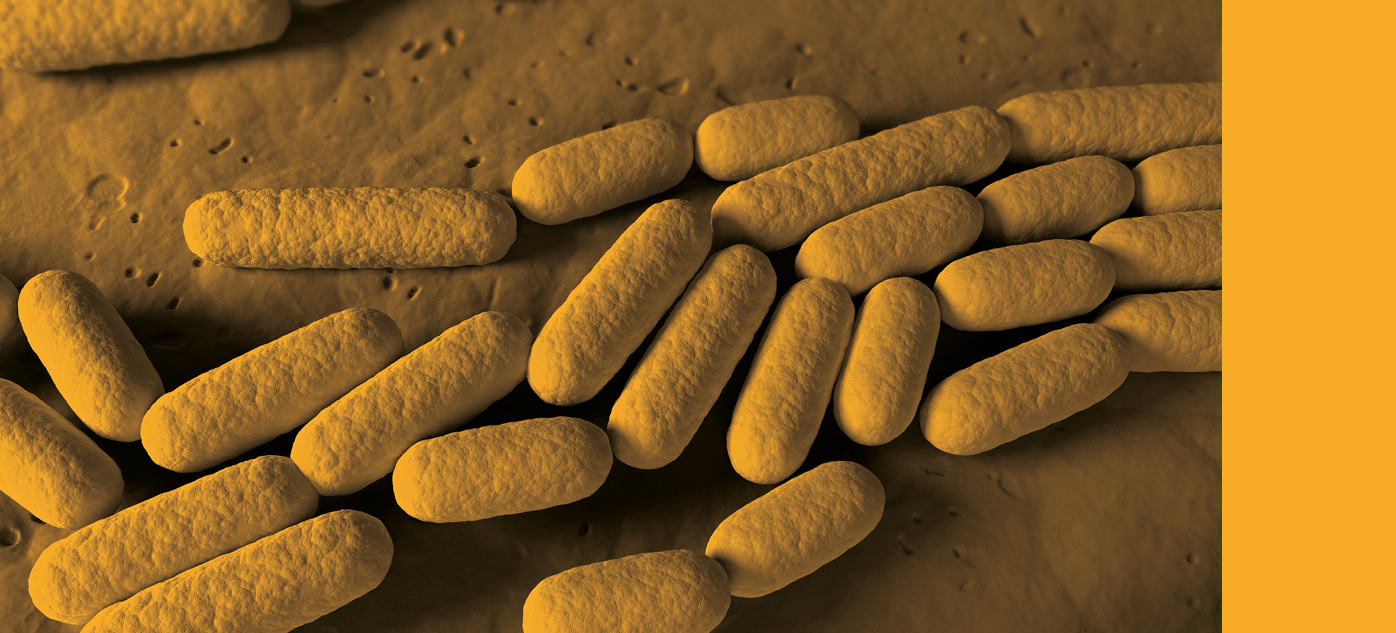From Surtsey and Switzerland to pig poo and fish mucus
Posted on February 10, 2025 by Clare Baker
Each month, the Microbiology Society publishes the International Journal of Systematic and Evolutionary Microbiology, which details newly discovered species of bacteria, fungi and protists. Here are some of the new species that have been discovered and the places they've been found.
Microbes aren’t the only thing that are new this month, as we’re starting off on Surtsey island. This neo-volcanic island was formed off the south coast of Iceland after a 4-year submarine volcanic eruption from 1963 to 1967, making it fairly new as far as islands are concerned. It is also home to our novel bacterium. Researchers isolated it from the air above Tangi station, located on the rock peninsula of the island and gave it the appropriate name of Flavobacterium aerium.
Two new bacterial strains were also isolated from the mucus of the Platax orbicularis, also known as an orbicular batfish. Tenacibaculum platacis and Tenacibaculum vairaonense join the genus Flexibacter and 35 species which were all retrieved from marine environments. Most of these species are generally not considered to be pathogenic but Tenacibaculum maritimum is a major fish pathogen which has caused considerable losses in marine fish farms worldwide. Researchers therefore wanted to evaluate the diversity of Tenacibaculum species present in French Polynesian fish farms. They took samples from diseased and healthy orbicular batfish, water from different rearing locations and farm structures and examined the microbial communities present and came across our new bacteria.
There’s a location that’s a regular feature of ‘New to Science’ that we haven’t heard from for a while – poo. So let’s take a closer (but not too close) look at pig faeces to find Veillonella absiana. This Gram-stain-negative anaerobe joins a genus that contains 19 species that are primarily isolated from the oral cavity and intestinal tracts of homeothermic vertebrates, including humans, rodents and artiodactyls. It’s an interesting genus, as recent studies have shown that Veillonella atypica enhanced athletic performance by fermenting lactate produced during exercise. Veillonella dispar on the other hand, has been recognised as a disease associated bacterium.
Researchers found our next microbe in a moss sample taken from the Chrutzelried woods in Canton Zürich, Switzerland. They were screening the environment for bacterial isolates with antimicrobial activity against fungi and oomycetes and found exactly that! Pseudomonas fungipugnans, showed potent activity against several fungi and oomycetes which earned it the name which comes from fungi, and pugnans meaning fight.

And finally, for the last of our novel microbes, let’s travel to Japan and look at some yeasts trapped in ripe bananas. Here we’ll find Hanseniaspora droscophilae, a novel yeast species. It joins the genus Hanseniaspora which contains many species of yeast that reproduce sexually and has attracted the attention of researcher thanks to its prevalence in diverse ecological niches. This discovery not only adds to the growing body of knowledge on yeast diversity but also sheds light on the intricate ecological relationships that shape microbial communities.

